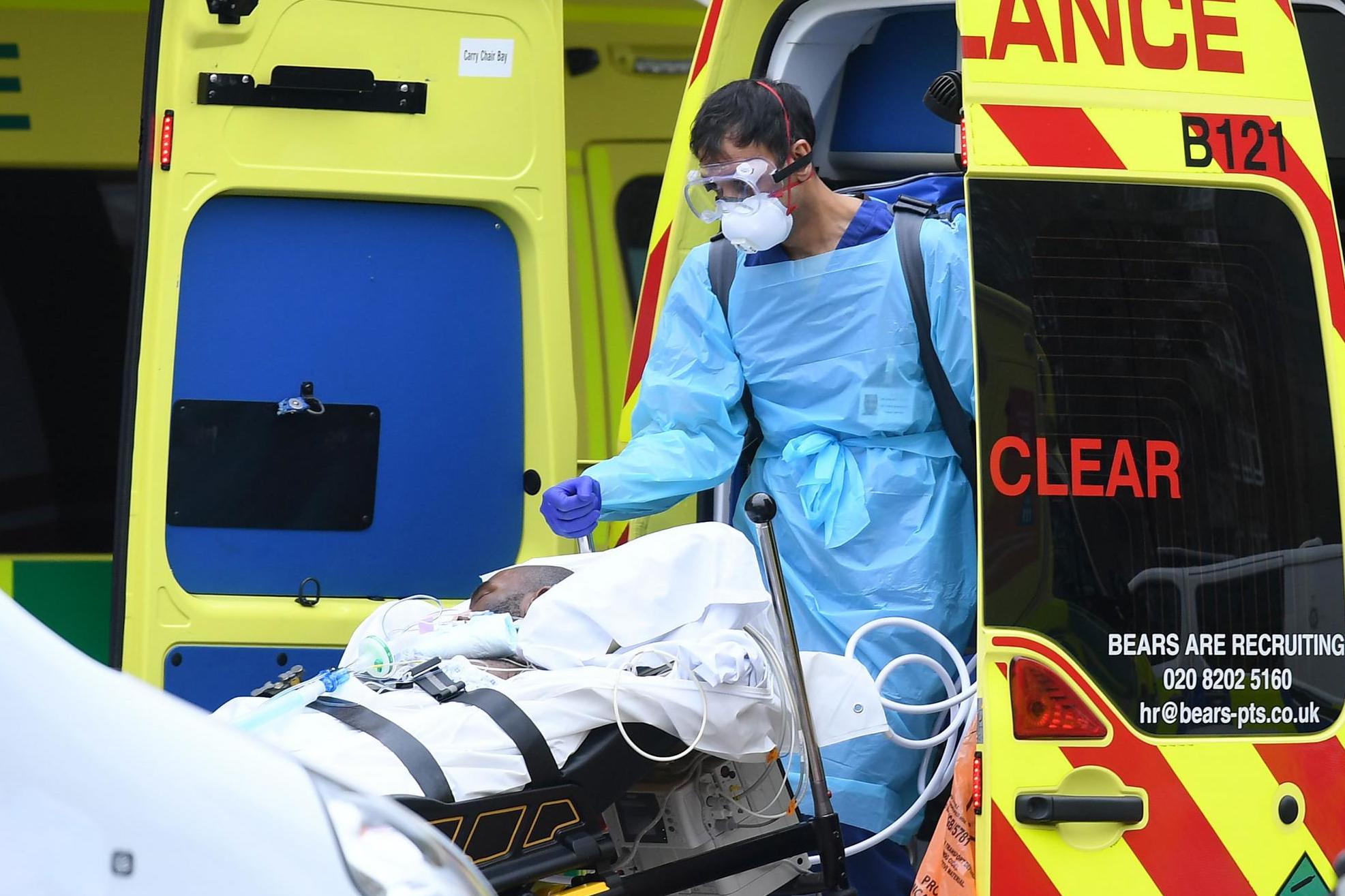Coronavirus disproportionately affecting Bame communities in UK, new figures show
'Existing inequalities will be more greatly exposed at a time of crisis', doctor warns

More than 16 per cent of people who had tested positive for coronavirus when they died were from black, Asian and minority ethnic (BAME) communities, new data shows.
On Monday, NHS England released data showing the ethnic breakdown of people who have died with coronavirus for the first time.
The figures, using data up to 5pm on 17 April, reveal that of 13,918 patients in hospitals in England who had tested positive for Covid-19 at time of death, 73.6 per cent were of white ethnicity, 16.2 per cent were of BAME ethnicity and 0.7 per cent had mixed ethnicity.
The remaining 9.5 per cent had no stated or identifiable ethnicity.
The statistics come days after a review was announced to examine what appears to be a disproportionate number of BAME people who have been affected by Covid-19.
In the 2011 UK census around 7.5 per cent of the population were Asian and 3.3 per cent black.
Last week Downing Street confirmed the NHS and Public Health England will lead the review of evidence, following pressure on ministers to launch an investigation.
According to the new data, the 16.2 per cent figure for BAME ethnicity breaks down as Indian 3.0 per cent, Pakistani 2.1 per cent, Bangladeshi 0.6 per cent, any other Asian background 1.6 per cent, Caribbean 2.9 per cent, African 1.9 per cent, any other black background 0.9 per cent, Chinese 0.4 per cent and any other ethnic group 2.8 per cent.
Of the more than 60 NHS workers who have died with Covid-19, a significant proportion were from BAME backgrounds.
Discussing the review, Professor Chris Whitty, the chief medical officer for England, said ethnicity is "less clear" than three others factors in determining who is most at risk from coronavirus.
"This is something we are very keen to get extremely clear.
"We've asked Public Health England to look at this in some detail and then what we really want is, if we see any signal at all, we want to then know what next we can do about it to minimise risk."
A London doctor working with Covid-19 patients said the virus has exposed health inequalities for minority communities.
Speaking to the PA news agency, Mohammed Abbas Khaki, 34, a GP with Barking, Havering and Redbridge University Hospitals NHS Trust, said: "Existing inequalities will be more greatly exposed at a time of crisis. For example, south Asians live in more deprived areas and have more diabetes, kidney and cardiovascular disease.
"Additionally, south Asian people often live in larger, multi-generational households, where social isolation may not be as easy.
"Many of these workers may also be in key worker jobs - combining their frontline roles with their living arrangements might be a reason that we are seeing so many of the BAME population in intensive care units."
Press Association.
Join our commenting forum
Join thought-provoking conversations, follow other Independent readers and see their replies
Comments
Bookmark popover
Removed from bookmarks